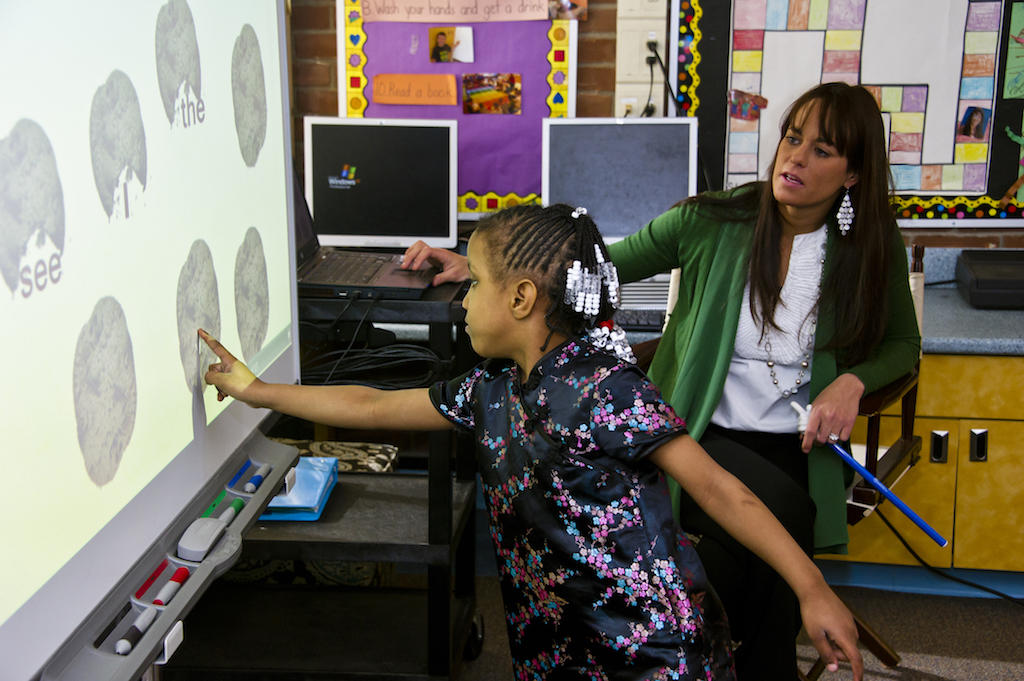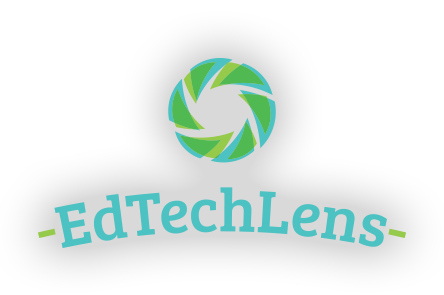
Teacher Roles in Blended Learning
Teachers—parents too—often mistake Blended Learning for an approach that usurps the teacher to replace her with a digital learning tool. This is far from the truth. The teacher’s role changes but without her, Blended Learning doesn’t work.
In the traditional model, the teacher is the provider of knowledge. Blended Learning, on the other hand, positions the student as an active pursuer of knowledge. So while students will spend more time learning at computers, they still need a great deal of guidance in learning how to learn, as this article explains.
Below is a list of all the roles the teacher takes in the Blended Learning classroom (adapted from “Role of Teacher and Student in Blended Learning”):
· Coach and tutor - A teacher needs to encourage students and celebrate their successes. He also works with them one-on-one during student conference time.
· Facilitator of deep learning, discussion, and collaboration - Students need help figuring out how to make collaborative opportunities productive as well as guidance on using online collaboration programs.
· Designer of problem-based opportunities for the extension of learning - For example, teachers encourage students to generate questions they want to research.
· Introducing content and providing instruction on foundational skills
· Analyzer of student data to support instructional decisions - Technology makes it easier to collect and analyze immediate feedback and scores but only a teacher can determine the next best step for the class and each student.
· Cooperative grouping coordinator - An example might be using discussion boards or blogs for group work opportunities.
· Manager of effective differentiation of learning – Teachers research and assign various resources for students to use for learning in a blended learning environment, both traditional and online, and they tailor levels for each student.
· Evaluator – Teachers assess and provide students with actionable feedback.
Teachers—parents too—often mistake Blended Learning for an approach that usurps the teacher to replace her with a digital learning tool. This is far from the truth. The teacher’s role changes but without her, Blended Learning doesn’t work.
In the traditional model, the teacher is the provider of knowledge. Blended Learning, on the other hand, positions the student as an active pursuer of knowledge. So while students will spend more time learning at computers, they still need a great deal of guidance in learning how to learn, as this article explains.
Below is a list of all the roles the teacher takes in the Blended Learning classroom (adapted from “Role of Teacher and Student in Blended Learning”):
· Coach and tutor - A teacher needs to encourage students and celebrate their successes. He also works with them one-on-one during student conference time.
· Facilitator of deep learning, discussion, and collaboration - Students need help figuring out how to make collaborative opportunities productive as well as guidance on using online collaboration programs.
· Designer of problem-based opportunities for the extension of learning - For example, teachers encourage students to generate questions they want to research.
· Introducing content and providing instruction on foundational skills
· Analyzer of student data to support instructional decisions - Technology makes it easier to collect and analyze immediate feedback and scores but only a teacher can determine the next best step for the class and each student.
· Cooperative grouping coordinator - An example might be using discussion boards or blogs for group work opportunities.
· Manager of effective differentiation of learning – Teachers research and assign various resources for students to use for learning in a blended learning environment, both traditional and online, and they tailor levels for each student.
· Evaluator – Teachers assess and provide students with actionable feedback.

